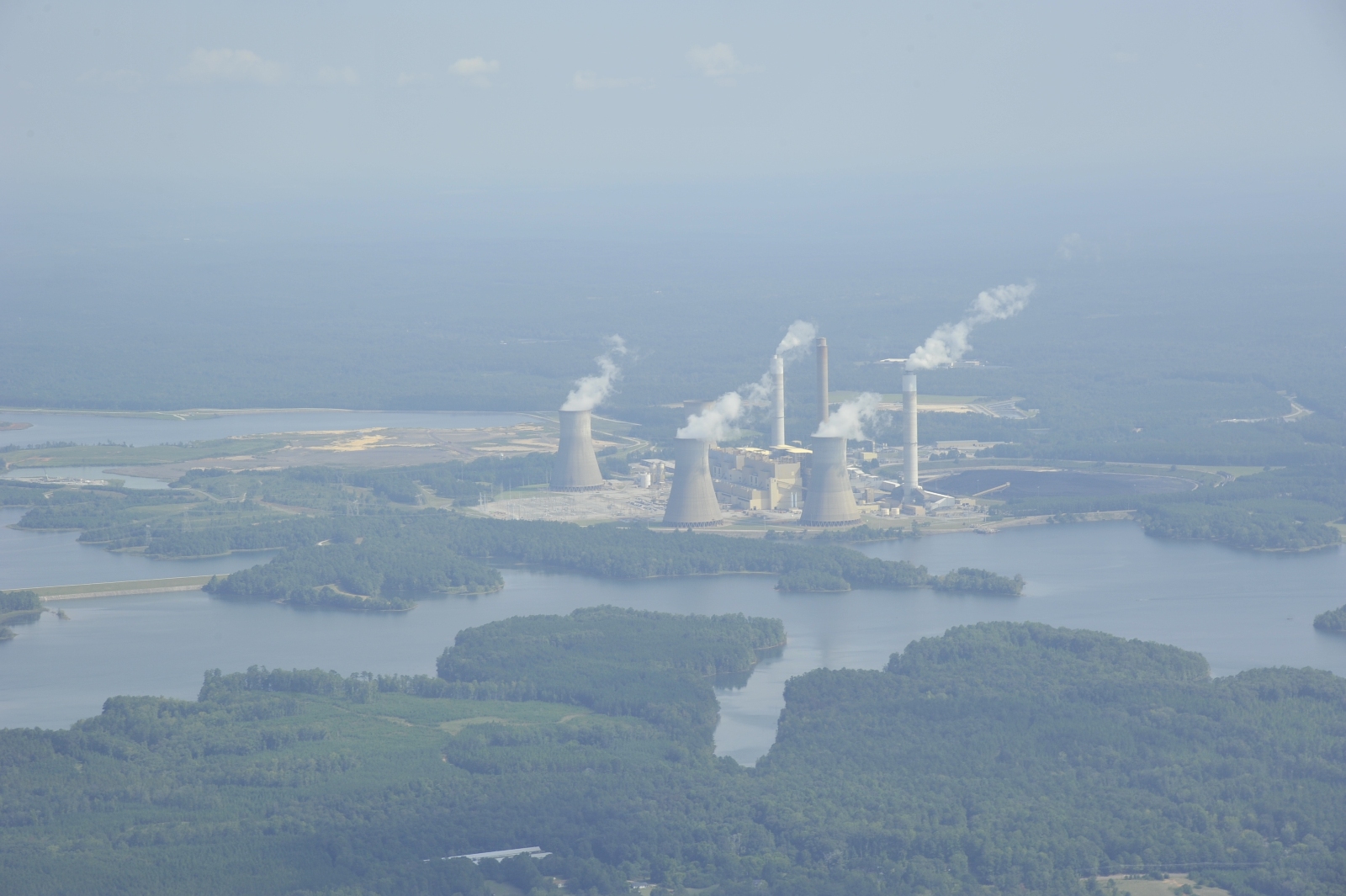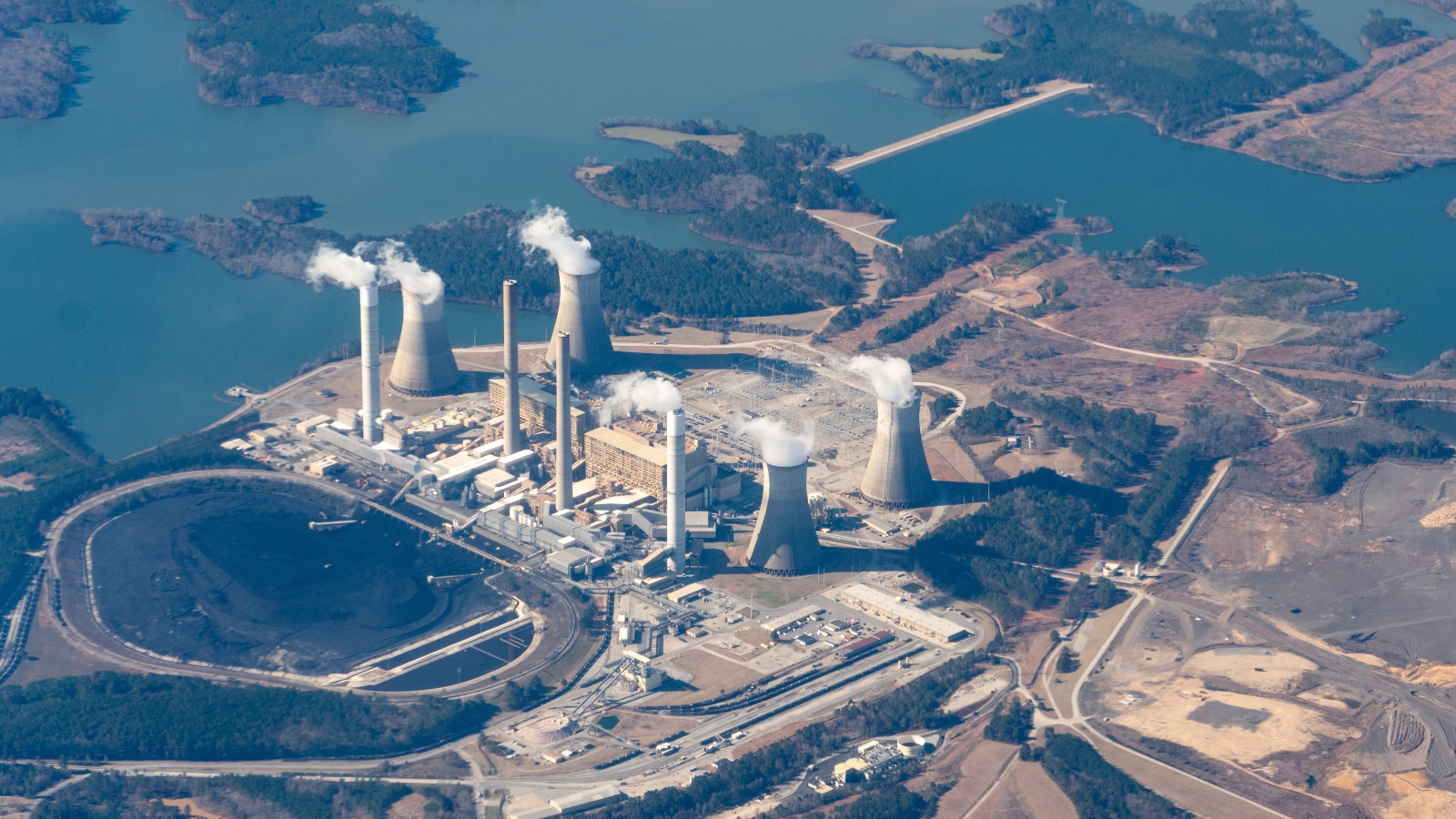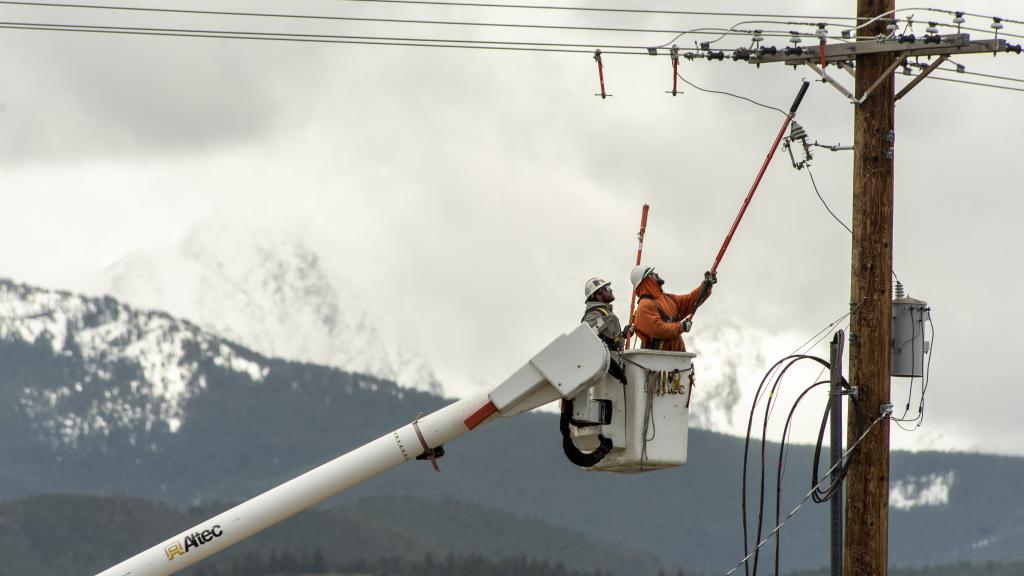Last week, the EPA released a suite of long-awaited rules meant to cut down the carbon that the U.S. emits when generating electricity. The rules primarily target existing coal plants and new natural gas facilities, in many cases requiring dramatic emissions cuts that won’t be possible without an unprecedented deployment of carbon capture. (The new EPA proposals are part of an ongoing flurry of federal regulatory actions that must be issued by May 22 to minimize the possibility that they’ll be rolled back if Republican Donald Trump defeats President Joe Biden in November’s election.)
The EPA’s new power sector rules have been widely scrutinized for their potential impact on the country’s electric utilities, which have lately been drawing up plans to expand natural gas capacity in response to the growing electricity demand promised by new industrial facilities, AI-supporting data centers, and electric vehicle adoption. However, last week’s rules also contained substantial new controls on the pollution generated by the nation’s aging fleet of coal-fired power plants — as well as the toxins left behind by the many that have already shuttered — including a proposal that closes a longstanding loophole in federal regulations governing the cleanup of coal ash, a toxic waste byproduct of the coal-fired power process.
The new rule builds on a landmark 2015 rule prohibiting coal ash from being permanently stored in places where it comes into contact with groundwater. This was meant to reform the widespread practice of creating so-called coal ash ponds where the toxin is stored in a wet slurry. While at that time the EPA only applied the rule to coal plants in active use, the new rule will require the cleanup of hundreds of “legacy” coal ash ponds.
“EPA’s new rule is aimed at cleaning up coal plants once and for all,” said Lisa Evans, a senior attorney at Earthjustice, in a press briefing last week. “Coal plants will have to monitor each of these toxic dumps, stop the leaking of hazardous chemicals, and clean up groundwater when contamination is found. This is a watershed moment. For decades, utilities fought coal ash regulation every step of the way with legislation, lawsuits, and lobbying.”
Chris Bowers, an attorney at the Southern Environmental Law Center, noted that coal ash cleanup is an important environmental justice issue, in part because coal plants have been disproportionately located near poor communities and people of color; some 78 percent of all Black Americans live within 30 miles of a coal-fired power plant.
“Coal ash continues to be one of the largest, if not the largest, by-volume sources of industrial solid waste that is generated annually. Massive amounts are generated because we’re still burning coal for energy,” said Bowers.
But whether or not the new coal ash regulation brings relief to communities grappling with groundwater contamination may well depend on political will and the agency’s appetite for enforcing its own rules — especially when it means overriding the authority of states that have their own ideas about how strict the rules actually are.
Environmental advocates say that the enforcement of the earlier coal ash rule established a concerning precedent: Rather than implementing the 2015 rule, some states and utilities are effectively waiting out the clock on the Biden administration in the hopes that a potential Trump administration will be friendlier to the power industry. Some utilities are suing the EPA in federal court over interpretations of the rule, while in Georgia and Alabama, state regulators have issued permits that the EPA says are in plain violation of the requirement — leaving the Biden EPA a limited window within which to decisively establish where utilities are allowed to dump coal ash.
“It’s been a pitched battle among the power industry to try to close the chapter on this and do as little as possible,” said Bowers.
Coal plants are usually built near bodies of water because they use turbines powered with steam that must be continuously cooled. For decades, power plants across America dumped coal ash in pits conveniently dug between the plant and a nearby river or lake. Frank Holleman, coordinator of the Southern Environmental Law Center’s regional coal ash initiative, told Grist that this storage method would normally be impermissible for any other kind of waste. Had the 2015 rules been imposed earlier, the ash would have had to be moved to a landfill that was lined to prevent the waste from leaking into its surroundings.

“That’s the way all kinds of other waste, including municipal garbage, is stored, but instead of doing that, these utilities — which have tremendous financial resources and tremendous engineering expertise — dug unlined pits between their coal-fired plants and the neighboring water body,” said Holleman.
“When you dig a hole next to a river or lake, you will quickly hit the water table,” Holleman added. That means the water becomes at risk of being contaminated by various toxins, because coal ash contains high concentrations of elements like arsenic, lead, mercury, and selenium, which are hazardous to human and animal health.
Research had long established these dangers to groundwater, but it took two disastrous spills — one at the Tennessee Valley Authority’s Kingston Fossil coal plant in 2008, and a second at Duke Energy’s Dan River Steam Station in North Carolina in 2014 — for the EPA to issue its landmark 2015 rule. That rule gave the EPA control of the permitting process for coal ash disposal, but it also allowed individual states to apply for delegated authority to administer their own coal ash programs, on the condition that their standards for the cleanup be at least as restrictive as the federal rule.
The 2015 rule went largely unchallenged by utilities until the EPA, under President Biden, ramped up enforcement. Now, in Georgia and Alabama, the federal government is at loggerheads with state agencies over its interpretation of the 2015 rule — leaving environmental advocates concerned that last week’s extension of that rule to cover legacy ponds could suffer the same fate. Meanwhile, a group of utilities is suing the EPA in the D.C. Circuit court over its heightened enforcement of the 2015 rule, which the utilities say amounts to an actual change to the rule itself.
Georgia was among a handful of states to be granted its own permitting program. Fletcher Sams, executive director of the Altamaha Riverkeeper, a conservation organization in Georgia, has spent the last five years advocating for residents of the town of Juliette, which is home to what was once the nation’s largest coal plant. The state’s dominant utility company plans to close a massive coal ash pond that has come into contact with groundwater there; residents allege that the pond previously contaminated drinking water drawn from wells in the town, sickening locals.
Sams told Grist that he is “very excited about new rules for legacy ponds that would regulate them the same as 2015 ponds. However, if they’re going to enforce them in Georgia like they’re enforcing the 2015 rule, they’re not worth the paper they’re printed on.”
Georgia’s state environmental agency recently approved a pond closure plan at another coal plant in northwest Georgia, where 1.1 million tons of coal ash will be stored permanently in an unlined pit. The EPA issued a letter in February declaring that this plan violated the federal standard, but the agency has not yet directly intervened to contravene the state’s authority.
In Alabama, however, the EPA took the more drastic step last summer of proposing to deny the state’s request for a delegated program similar to Georgia’s, due to the state’s planned approval of coal ash permits that violate the 2015 rule. (A spokesperson for the Alabama Department of Environmental Management said that the EPA’s denial was “unwarranted” and that the state has complied and continues to comply with federal requirements in its coal ash permitting, which it says is “protective of human health and the environment.”)
The debate between the EPA and the utilities opposing it — as well as the state of Georgia — hinges on the definition of the word “infiltration.” The EPA and environmental advocates argue that the 2015 rule prohibits a coal ash storage site from being infiltrated by water in any direction, while utilities and the Georgia Environmental Protection Division say the word “infiltration” refers only to rainwater seeping into coal ash from above, rather than groundwater from below.
At sites where coal ash is in direct contact with groundwater, the EPA expects utilities to dig it up and install a liner separating it from the water table underneath. But many utilities only want to put a “cap” above the ash ponds to prevent rainwater infiltration — and nothing below.
Editor’s note: Earthjustice is an advertiser with Grist. Advertisers have no role in Grist’s editorial decisions.



